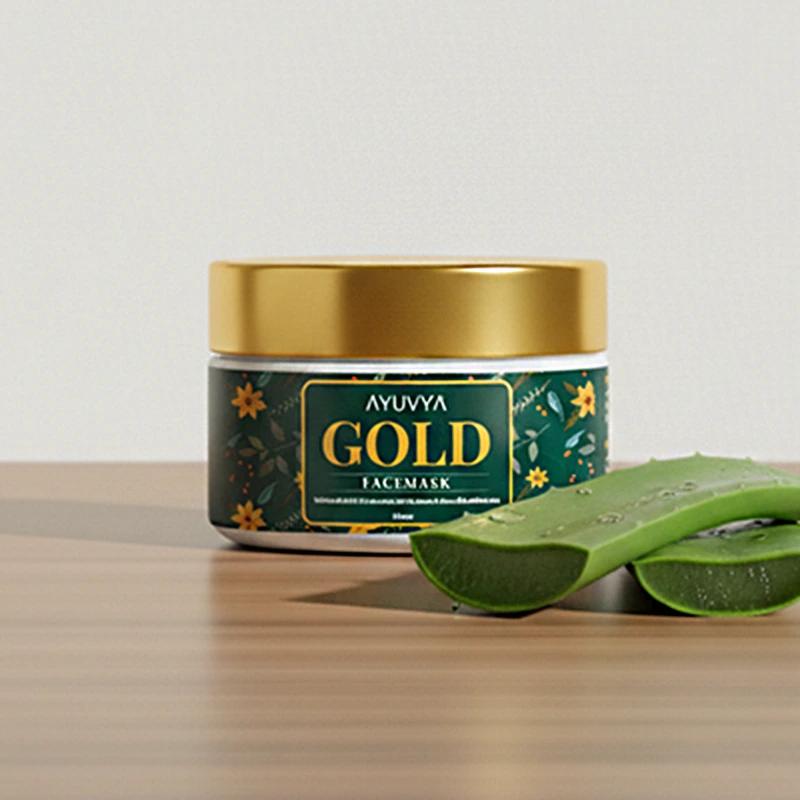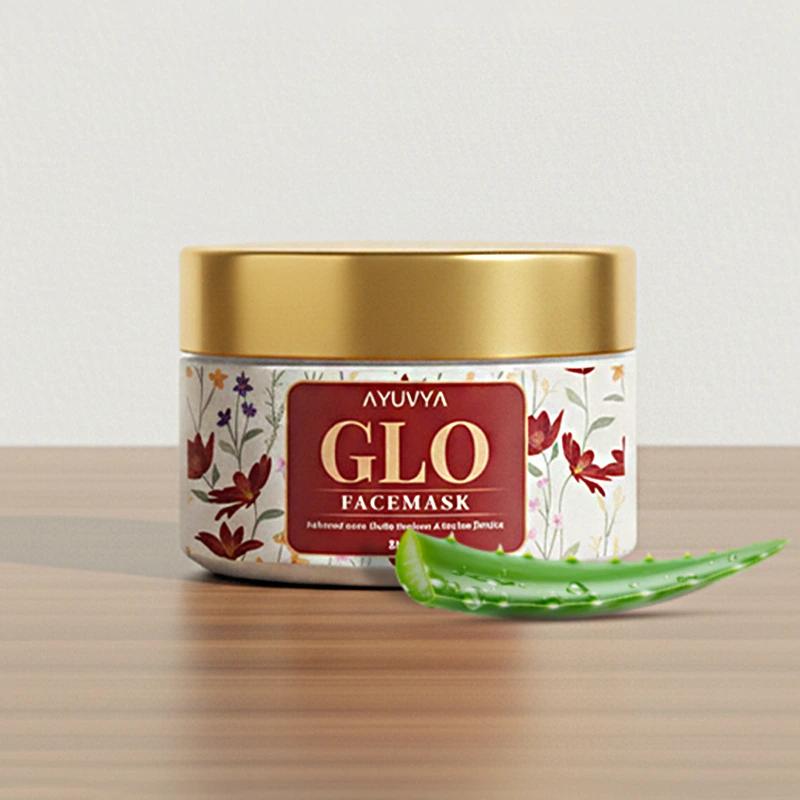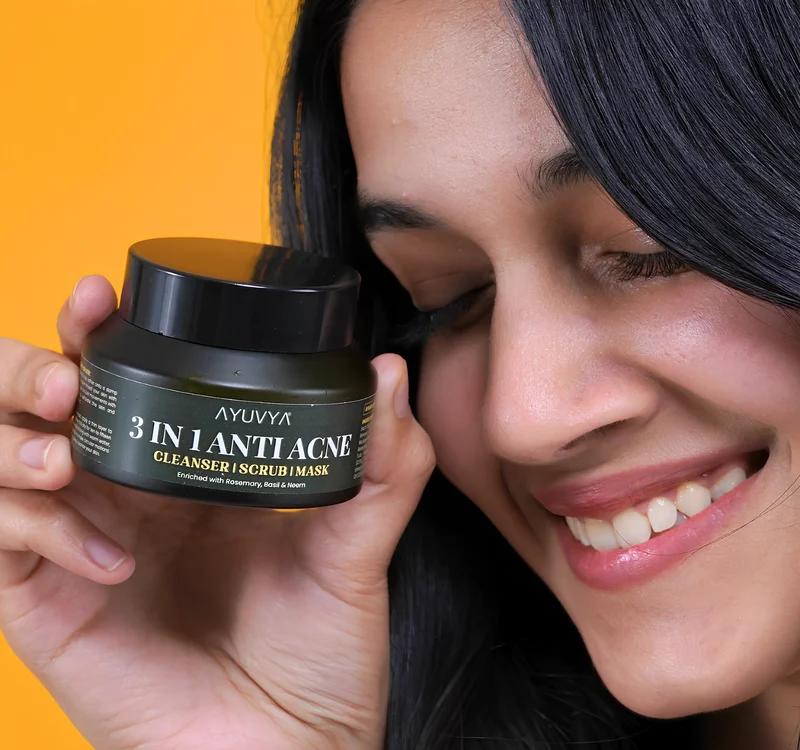Ayurvedic Treatment for Vitiligo: Simple Ways to Support Skin Health
Sep 04, 2024

Vitiligo is a chronic disease and a depigmentation disorder of the skin leading to the formation of white patches of varying sizes and shapes. This loss of color results from the damage of melanocytes, the cells involved in the production of skin color. While vitiligo is not a dangerous physical condition, it can affect one's appearance and have an impact on psychological well-being. The exact cause of vitiligo isn't completely known, but it's thought to result from a mix of genetic, autoimmune, and environmental factors.
Table of contents:
- What are the Causes of Vitiligo?
- Let's see the Symptoms of Vitiligo.
- Ayurvedic Treatments for Vitiligo.
- Herbal cure for vitiligo.
- Conclusion.
- FAQs.
What are the Causes of Vitiligo?
1. Genetics: There are certain risk factors which include a family history of vitiligo or any other autoimmune diseases. Hereditary factor means that if you have a close relative who has vitiligo then one can contract it.
2. Autoimmune Response: Vitiligo is believed to be an autoimmune disease that develops as a result of the destruction of melanocytes by the body’s immune system. This results in the formation of the white patches on the skin Pigment.
3. Skin Trauma: Vitiligo may be caused by physical injury or trauma to the skin which may include sunburn, cuts, or contact with chemicals. The above realization may force one to develop stress, which in turn impairs pigment cells that are affected by the immune system.
4. Stress: It is proven that stress and other related problems can contribute to the development of vitiligo. Stress also causes or worsens autoimmune responses, which may affect pigmentation.
Let's see the Symptoms of Vitiligo
The main sign of vitiligo is depigmentation or the appearance of patches that are different in color from one’s natural skin tone. These patches may develop anywhere on the skin including the face, hands, arms, genital area, and in severe cases mouth, and eyes. They appear as little damage on the surface and subsequently develop into large regions. They can be small or large and irregular in shape and may be presented in different regions of the body. Such changes may be upsetting and may cause one to lose self-esteem, and as a result, the quality of life is strongly impacted.
Ayurvedic Treatments for Vitiligo
Vitiligo can be managed naturally through Ayurveda which is an ancient medical science coming from India. Ayurveda deals with the management and preservation of the body's energies (doshas) and not diseases. Here’s a detailed look at some Ayurvedic remedies that might help with vitiligo
Herbal cure for vitiligo
1. Turmeric and Mustard Oil: Turmeric is known to possess anti-inflammation and anti-oxidant abilities which help in skin care. By combining the turmeric powder with the mustard oil, one will get a paste from which the affected areas can be treated. It is believed that you have to use mustard oil to make turmeric to penetrate the skin better. Mix the two in equal proportions and apply it on the vitiligo patches, leave it for around 30 minutes, and then wash with water. With due respect, it is recommended that it should be applied regularly to help reduce the size of the patches in the future.
2. Neem: Neem is one of the best ayurvedic medicine for vitiligo. It has various uses in Ayurveda and it is said to be used as a purifier and healer. It is recommended to use fresh neem leaves paste made from grinding the leaves, which should applied on the white patches. Also, neem has some anti-inflammatory and especially antimicrobial properties which in some way might help in the fight with symptoms and in skin care.
3. Ginger: In Ayurveda the use of ginger is known to be effective in increasing the health of skin. Thus taking fresh ginger or ginger tea may be of help to improve circulation and skin renewal. The antioxidant potential of Ginger can also help in countering the issue of oxidation stress that may help in skin care. This ayurvedic remedy for vitiligo is one of the most effective remedies for fast results.
Diet
1. Antioxidant-Rich Foods: Some of the foods that can be beneficial to the skin and may help with vitiligo include fruits, mainly berries, oranges, apples, greens spinach, carrots, bell peppers, nuts, and seeds. It could also be noted that due to their antioxidant properties, they may help reduce oxidative stress which is believed to cause skin damage.
2. Increase Vitamin and Mineral Intake: Some foods such as Spinach, almonds, wheat germ, oranges, and brown rice respectively are rich in vitamin B12, vitamin C, Vitamin E, zinc, and copper. These vitamins and minerals are beneficial for the skin.
3. Avoid Potential Triggers: There are such foods and chemicals, which may cause the development of vitiligo or worsen its manifestations in some cases. Some of the causes of poor digestion can be spicy foods, caffeine, and some chemicals among others. Skincare by observation helps to make changes in diet and to experience the effects of various foods on the skin.
Lifestyle Changes
1. Sun Exposure: Controlled sun exposure can be beneficial for individuals with vitiligo. Moderate sunlight helps to stimulate melanocytes and can improve skin pigmentation. However, excessive sun exposure can be harmful, so it’s essential to protect the skin with sunscreen and avoid prolonged exposure.
2. Stress Management: Stress is known to impact the immune system and may contribute to the development or progression of vitiligo. Practices such as yoga, meditation, and deep-breathing exercises can help to manage stress and support overall well-being. Regular physical activity and relaxation techniques can contribute to a balanced and healthy lifestyle.
Topical Treatments:
1. Aloe Vera: Aloe vera has soothing and healing properties. Applying aloe vera gel to vitiligo patches can help to calm the skin and promote healing. Aloe vera’s moisturizing effect also helps in maintaining skin hydration.
2. Guggul: In Ayurveda, guggul is used to support skin health and has anti-inflammatory properties. Guggul supplements or topical formulations might be recommended by an Ayurvedic practitioner to support overall skin health.
Conclusion
Vitiligo is not an easy disease to manage, especially in terms of the physical and psychological aspects of the illness. Although modern therapies exist but Ayurvedic therapies are mostly recommended because they are made from natural products and provide for the body, mind, and spirit. Therefore, goals may include the use of natural remedies, changes to diet, lifestyle modifications, and topical treatments for vitiligo patients who are interested in skin health improvement.
As always, the best and safest advice is to consult a healthcare provider or a qualified Ayurvedic practitioner before adopting any new therapy. This helps you to make sure the approach suits your needs and works well with any other treatments you might be receiving.
Frequently Asked Questions
Yes, Ayurvedic treatments can be used alongside conventional therapies, but it’s important to discuss this with your healthcare provider to ensure compatibility and avoid interactions.
Most Ayurvedic remedies are considered safe, but some may cause mild skin irritation or allergic reactions. It’s best to consult a practitioner before starting any new treatment.
Results from Ayurvedic treatments for vitiligo can vary, but it generally takes several weeks to a few months of consistent use to notice improvements.
Herbal treatments aim to improve skin health and pigmentation through natural remedies and supplements.
There isn’t a guaranteed herbal cure, but herbs like Bakuchi and Turmeric can help manage and improve vitiligo symptoms.
Effective remedies include herbal pastes of Bakuchi or Turmeric and supplements to support skin pigmentation and health.
Ayurvedic treatment balances the body’s doshas with natural remedies to improve skin health and reduce vitiligo symptoms.
Ayurvedic medicine for vitiligo often includes herbs like Bakuchi and Turmeric, which help restore skin pigmentation.














